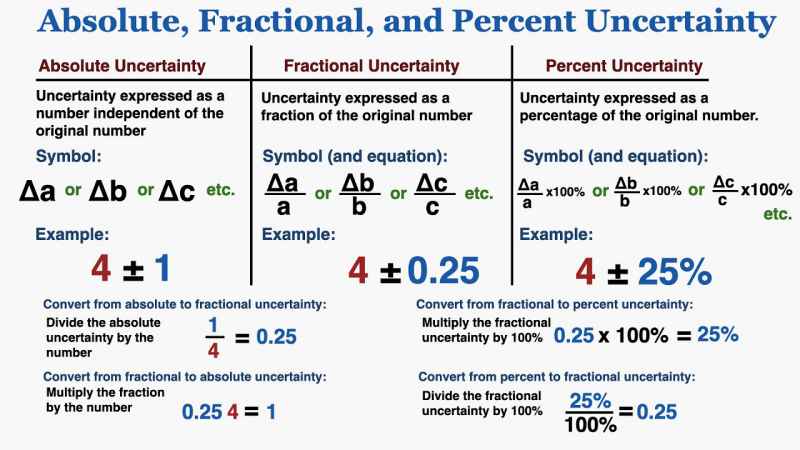How to calculate percentage uncertainty
The question “How do you calculate percentage uncertainty?” is closely linked to the famous Bell curve (also known as the Sharp Curve, or the Upper curve in Statistics in Economics). The Bell Curve, a graph that shows an exponential curve, is named after the lowest price for one currency pair and the highest price in the other. The Bell Curve’s main feature is its ability to show the price changes for all relevant currency pairs in a relatively short period. This is why it is called “Bell Curve”. It is very important for anyone who wishes to become a good Forex trader to understand this concept. The ability to understand “unexplained volatility” can help traders remove most market noise from their data, so they can make better, more reliable decisions.
This article will explain how to calculate percentage uncertainty quickly.

If you find the following question on a currency calculator almost looks like a puzzle: “How to calculate percentage uncertainty?” then you probably have an excess of uncertainty in your data. This should not discourage, however, as there is a solution. I will explain it in the next few paragraphs.
Suppose you’ve prepared the question properly, which asks you to estimate a normal distribution using a logarithm of one percent. In that case, you can solve the problem just like any other. All you have to do is plug in your data and hit the “iterate” button. Your results will then be displayed in a nice graphic format such as a bar chart or candlestick chart. Once you have finished graphing your results, you can see how to calculate percentage uncertainty just like any other question on any other type of calculator.




Leave A Comment